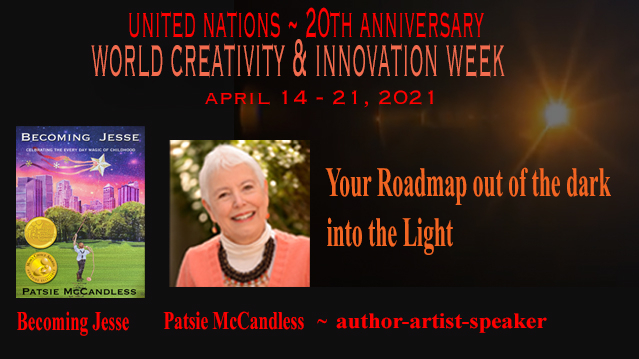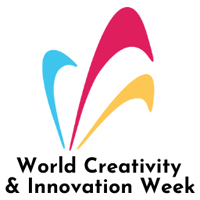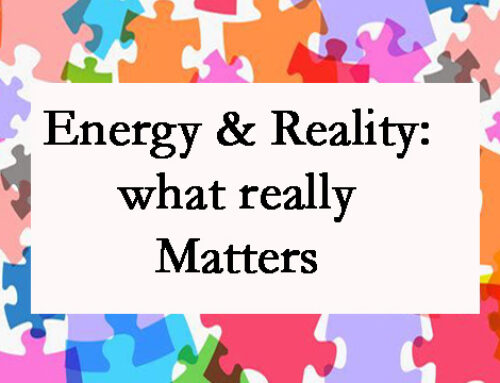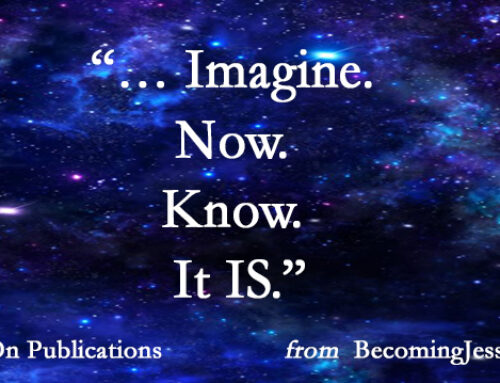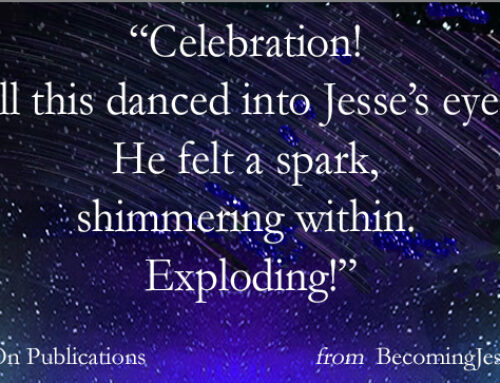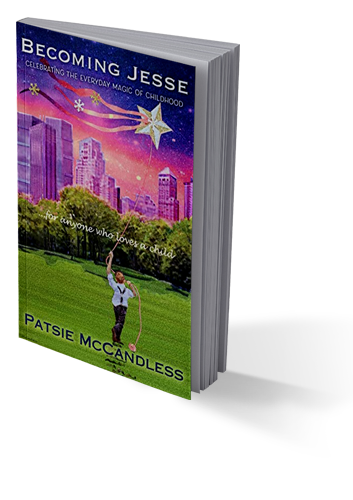Solve Problems – Think Like a Child
Imagine new ways to solve a problem like a child does. The United Nations World Creativity and Innovation Week does just that – seeking new ways to solve the problems our world faces. It is a very intriguing idea to think like a child. And with good reason.
Children are Natural Problem Solvers
Guileless, impressionistic children can innately solve problems. They have a relentless curiosity and like to ask questions. And they have utterly unbiased preconceptions, i.e. children don’t care about what others may think of them. Their wildest ideas are thrilling, and they love to share them, spitting out one idea after another.
Problem-solving is a snap if you happen to be a child. So… for you adults, solutions may be more promising if you can find the child within you – and pay attention!
Think like an Uncomplicated Child
Children solve problems by inventing and transforming things. They don’t muddy the waters with complications. To them, things are straightforward and simple. They think in small, baby steps… even if it’s a big problem, children can break it down into small pieces.
Little brains in little children often have niggling little questions. The secret is that the brain of a child is carte blanche – clean slate territory. Thus, inspiration readily lights their brain synapses and imagination runs rampant.
Reflect on Big Problems Like a Child does
How does a child solve a problem? Let’s look at a problem as if it were a tightly wound ball of yarn. Or better yet, a set of tangled Christmas lights!
(I remember Maya Angelou saying that you can tell a lot about a person by the way they deal with two things: lost luggage or tangled Christmas lights!)
Grownups may see the tangle as an aggravation – intricately jumbled and complicated. But to a young mind, it is child’s play. Any child would simply start unwinding it. The child becomes mesmerized by the rhythm of his or her hands and is absorbed in the details, like unwinding the loops and noticing the different textures of the wires, or the pattern of colored lights.
The mind of the child solves problems by leap-frogging: Here…! And there…! Look…! Right here! That’s how children look at what we would consider a big problem: in mini steps or small pieces, like a puzzle, fitting together.
Children Think Small
Children often solve problems by thinking small. It feels familiar, even comfortable. Then the child easily falls into the “zone” of whole brain thinking – back and forth between the left-brain logic: what the child knows; and the right-brain abstract: the creative surprises of “Golly!” and “Maybe” and “Hey, look at this!
You see, children don’t think of the tangled christmas lights as a big problem. They are not afraid of it. This is because a child does not see it as a ‘problem that must be solved’. It’s a puzzle – easy to unravel – and fun.
Fun is second nature to a child
An intrinsic part of how and why a child solves a problem is the FUN that is still instinctive within a child. They are not afraid of things that may seem highly complex to grownups. It is more of a game.
Besides a tangled string of lights, I am thinking of how our Grands solve problems when they immerse themselves in a Lego project. Easily and skillfully and patiently they build the Saturn space rocket or a perfect scale model of the White House. Their imagination and enthusiasms are contagious and light-hearted and playful.
Another thing I have observed about children solving problems is that they don’t pretend they’re having fun if they are not. Sometimes they just stop, get up and run around! Or, if they don’t like the book I am reading aloud, they yawn shamelessly, and laugh with a touch of their spirited impudence.
Success in Doing What You Love
Successful problem solving has an emotional component because doing what you love is a common thread in many stories of success. Children who have a wonderful time easily learning a skill, often have a passion for learning everything they can. In turn, those skills – and that passion – make them an expert in their grown-up occupation.
Once upon a time, when I was a child, we lived on an island. I loved learning to swim and sail. As I grew up, I naturally learned everything about boats and sailing. I could tie the nautical knots and I knew the vessel details from stem to stern to keel, and head to clew to tack. I began teaching sailing in high school, and when I reached college, I studied to become a teacher. And that led to – teaching for thirty years. All beginning from what I loved and easily learned as a child.
The Best of Childhood
The little ones can solve problems because they still have an innocent fascination about them. It is their inner Light shining. Children:
- are insatiably curious
- ask and question
- investigate and explore
- imagine and envision
- share their most outlandish and inspired ideas
- build and re-build
- take apart and put back together
- tangle and untangle
- experiment fearlessly
- play and have fun
- LOVE LIFE!
Grownups can take a lesson or two from the pure, innocent fascinations of our littlest earthlings. They are true creatives and innovators who know how to solve problems.
It is their everyday Magic of childhood. In my novel, Becoming Jesse, his grandmother, Dearie, tells him:
“The Magic is not to be found in a wand or a potion.
The Magic is in you.”
Light On!
REGISTER ~ https://whova.com/web/wcaiw_202104/
FREE
Dates: April 14 – 21, 2021
Patsie McCandless:
- speaker: “Roadmap out of the dark into the Light”
- date & time slot: Saturday, April 17, 1 pm
See You There!
